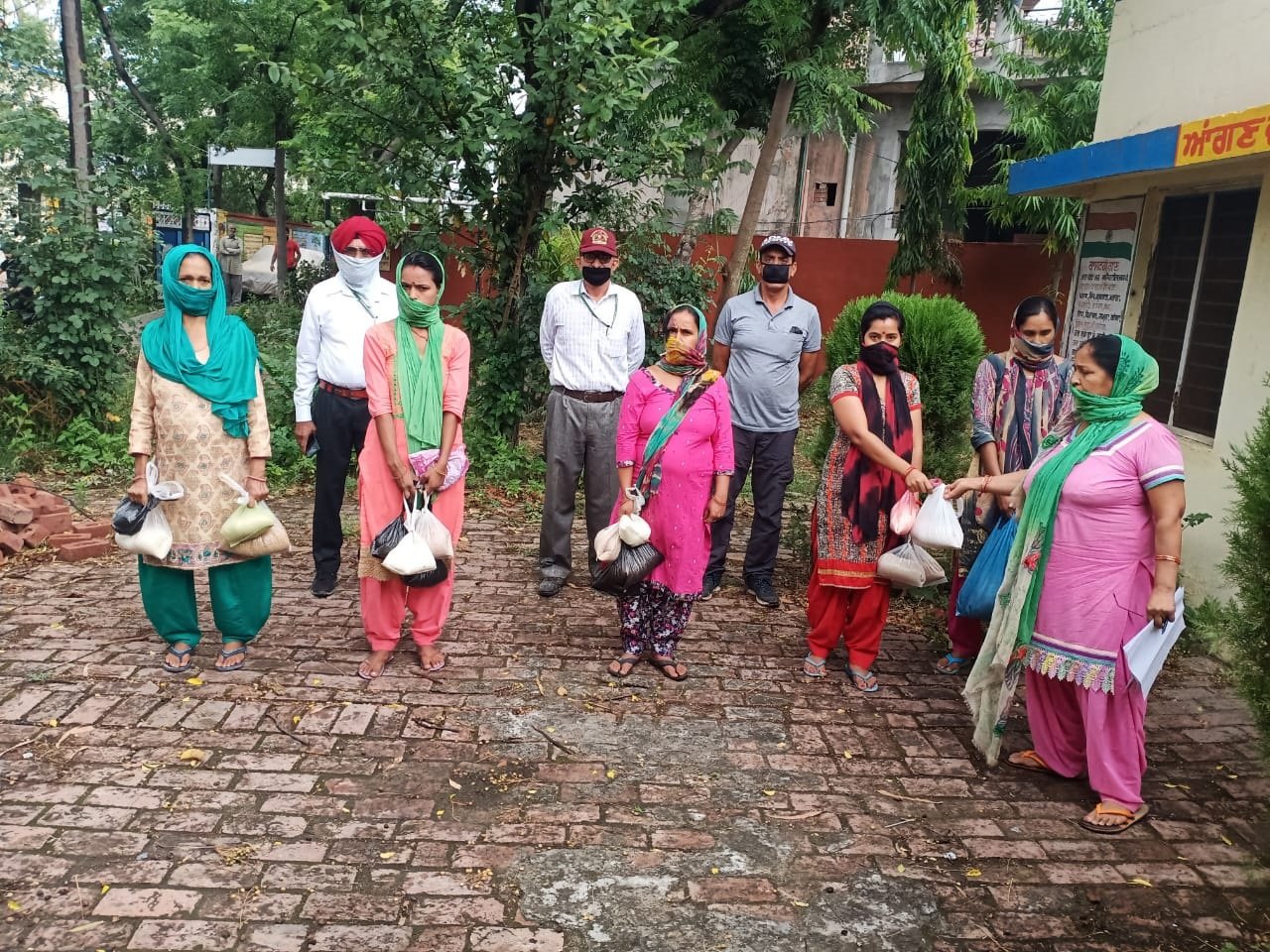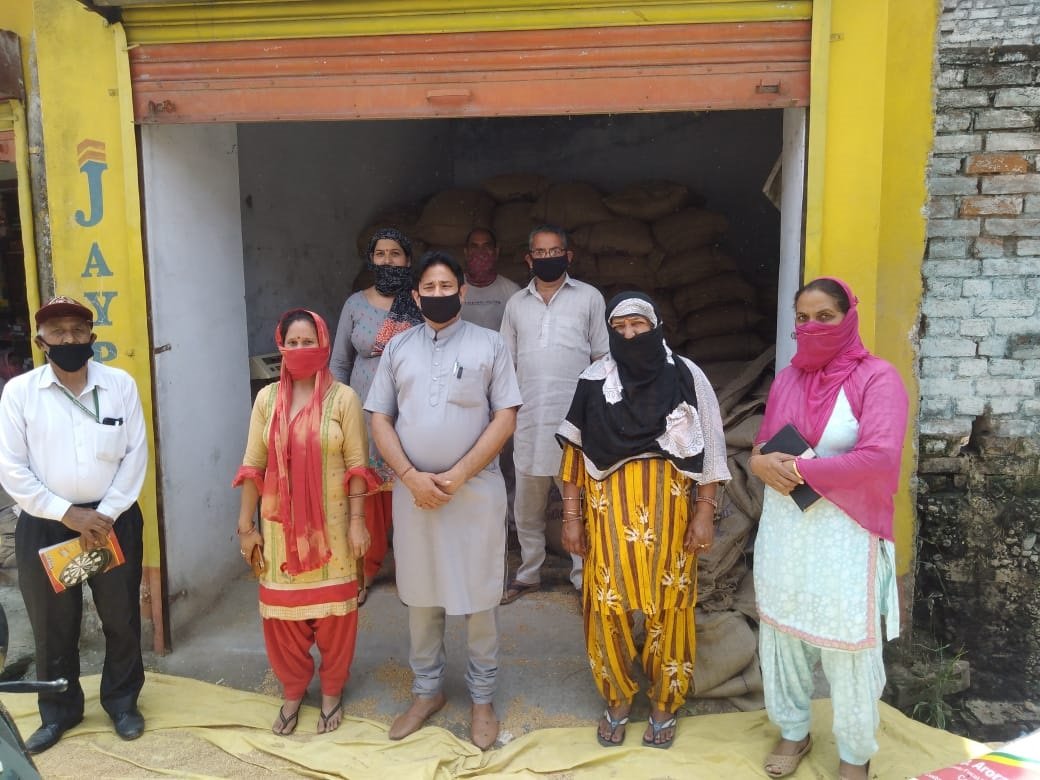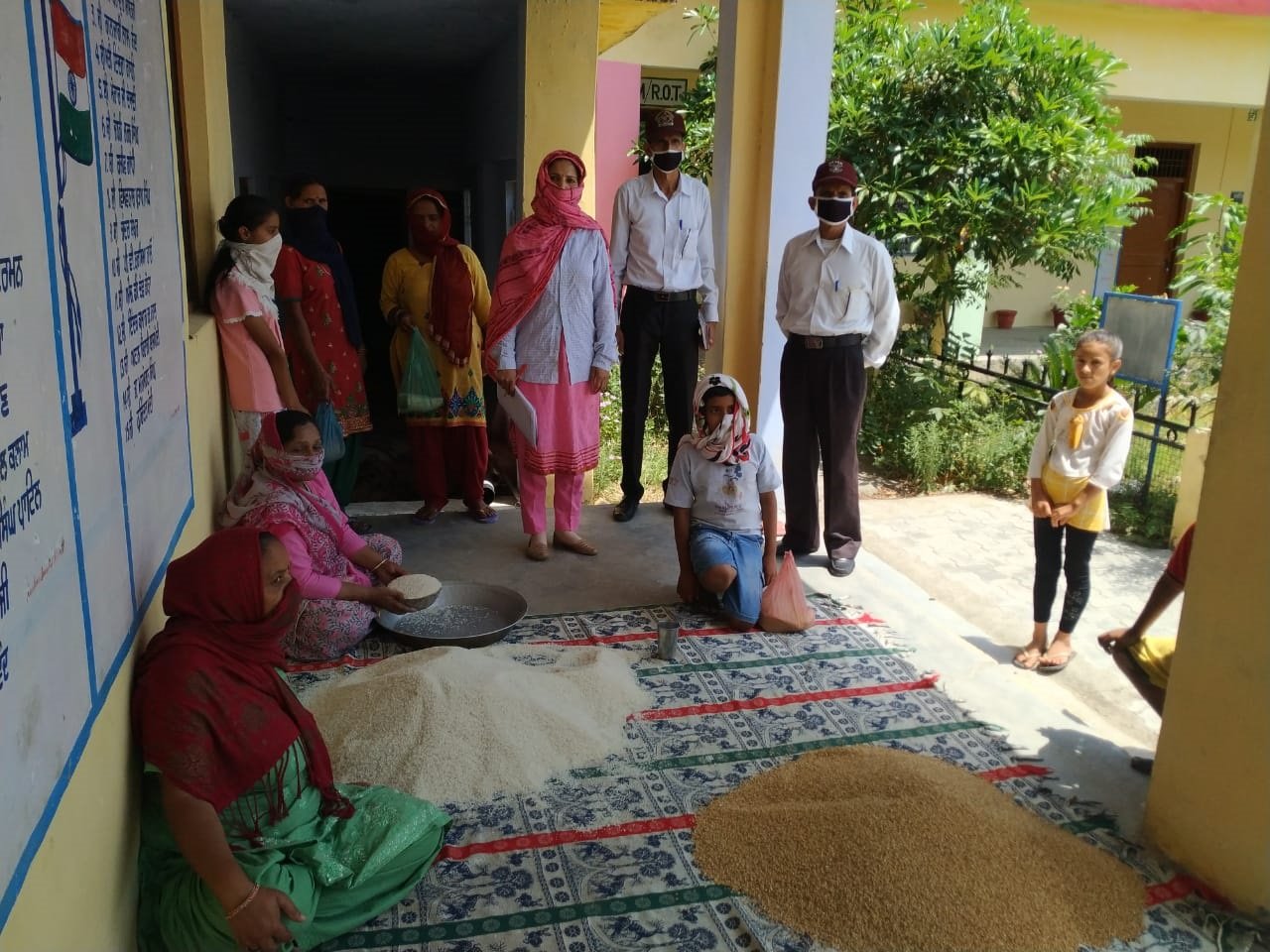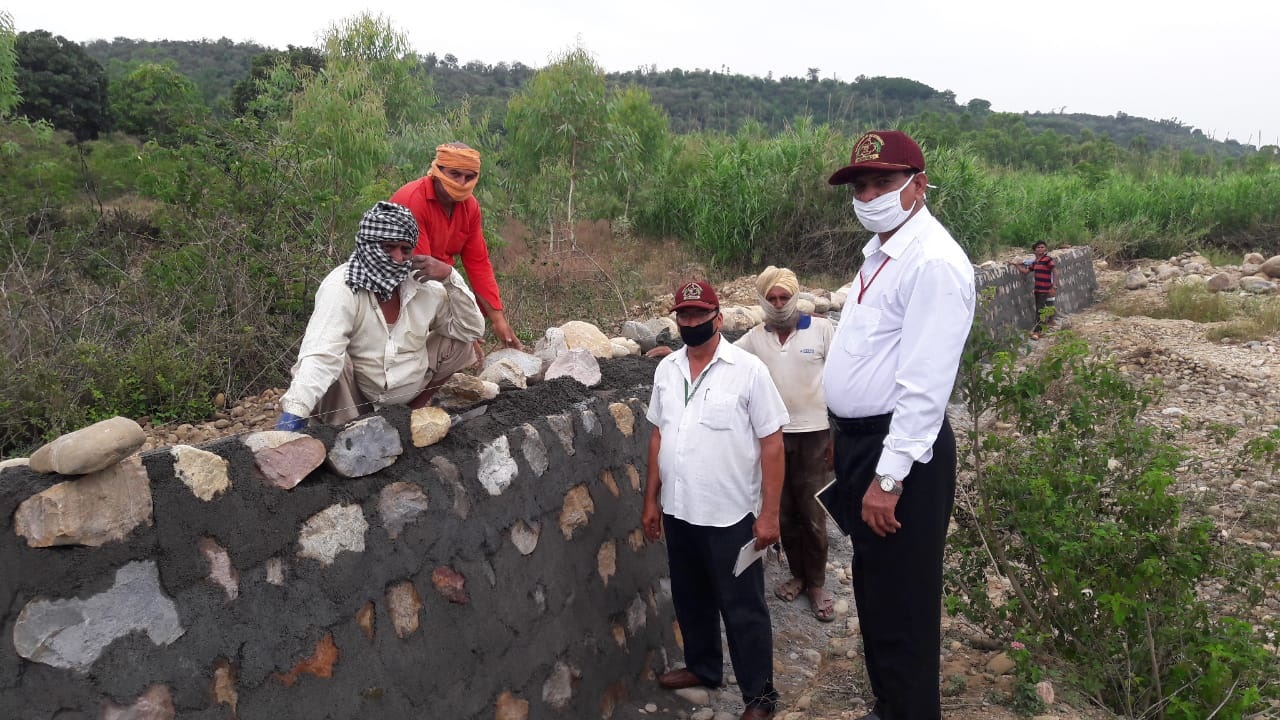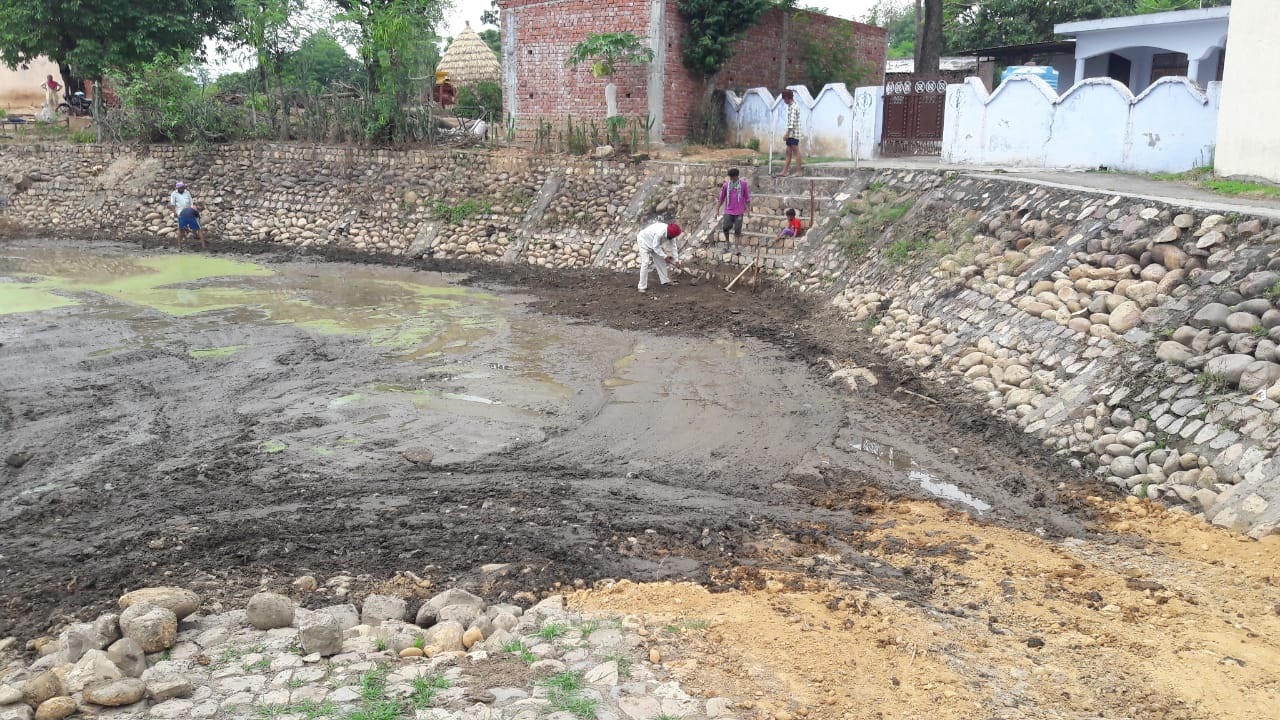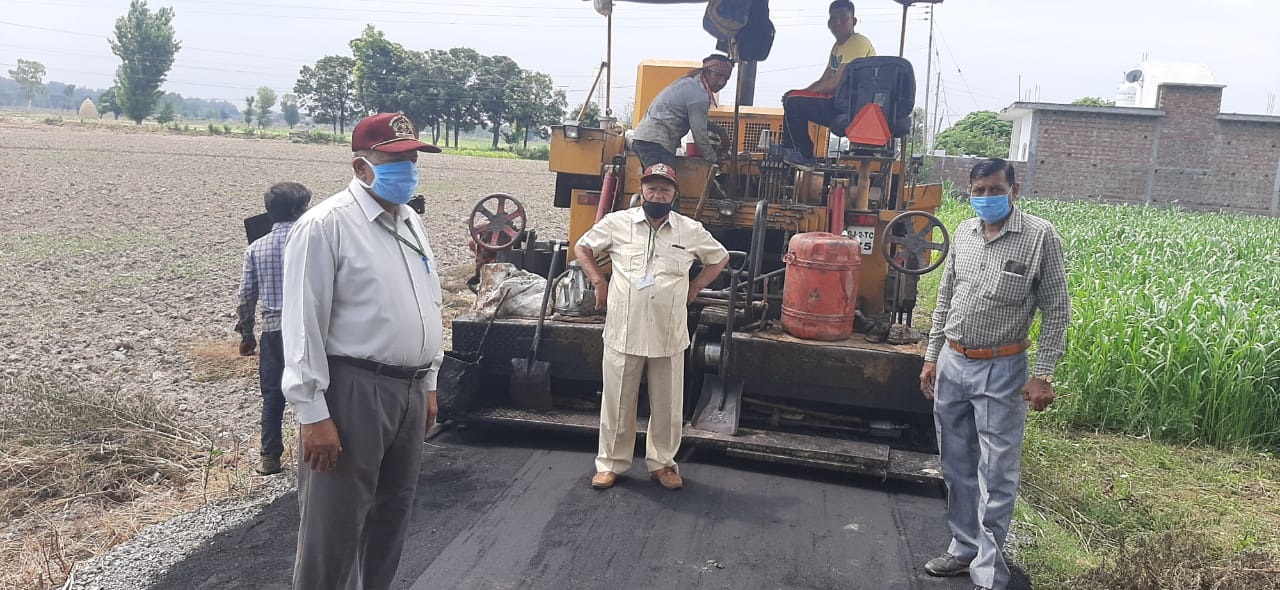
Tribune News Service
Chandigarh, June 5
Punjab Chief Minister Captain Amarinder Singh on Friday rejected the “so-called reforms” announced by the Government of India for the Agriculture sector, as yet another brazen attempt to erode and destabilise the country’s federal structure, and warned that it could pave the way for disbanding the MSP regime as well as the foodgrain procurement regime, triggering unrest among the state’s farmers.
On illegal sale of liquor during the lockdown period, the CM said an SIT has been set up to probe the entire matter related to illegal smuggling of liquor from distilleries. The involvement of excise officials and the kingpins in the smuggling of liquor without paying the government fee would be probed.
Read more: Experts question timing of agricultural reforms
Cabinet approves amendment to Essential Commodities Act
Left parties pitch for rescinding of Ordinances related to farm sector
Cabinet approves big farm reforms
Strongly opposing the Centre’s move to suppress the rights of the states, as enshrined under the Indian Constitution, the Chief Minister said: “Punjab would fight any steps on the part of the Government of India to weaken the federal structure of the country through such direct and detrimental interference in the well-established agriculture produce marketing system of the state”.
Such a measure, he warned, shall severely and adversely impact the food security of the nation, which Punjab’s hard-working and selfless farmers have sustained ever since the green revolution.
Pointing out that the federal structure of India envisages well-defined roles and responsibilities for the Centre and the states, Captain Amarinder said that under the Constitutional framework, Agriculture is a State Subject, and the Union Government has no powers to make any legislation to deal with the dynamics of agricultural production, marketing and processing.
These are state matters, which individual states are best placed to handle and manage, he said, describing the
“Farming Produce, Trade and Commerce (Promotion and Facilitation) Ordinance, 2020” as a highly ill-conceived move on the part of the central government.
Asserting that the move would damage Punjab, the Chief Minister said during a video press conference that the Centre’s habit of taking sudden decisions and forcing them on states, without taking their views into account, was violative of the very federal framework of the state.
In a statement, the Chief Minister further said that such actions of the Union Government during the COVID-19 pandemic crisis can have serious economic, social and law and order consequences. The farmers will not gain but will suffer at the hands of traders due to the legislative change, he said. He further pointed out that the Centre had not even created any dispute redressal mechanism, and had not consulted the state governments, which would be left to handle the consequences of this hasty action.
Terming the legislation as a cruel joke on the farming community, whose interests have been continuously ignored by the NDA-led central government, the Chief Minister said that far from ushering in an era of much-needed reforms in Agriculture, the announcements are a clear and concerted design to undermine the systems and processes that are holding the sector together.
Citing the well-oiled agriculture produce marketing system in Punjab, the Chief Minister said it had served the state well, standing the test of time, for 60 years. The state has in place a well- developed state-of-the-art infrastructure, both for open marketing of produce and its seamless transportation from the farm gates to mandis and godowns.
At present, the entire trade of agriculture produce is carried out within the notified markets/mandi yards through a system licensed under, “The Punjab Agricultural Produce Markets Act, 1961 (APMC Act),” which allows farmers to bring their produce to the Mandis, where buying/ selling of the produce is conducted in a transparent manner and payment to the farmers is ensured, the Chief Minister pointed out.
Further, he said, the State Government has already made necessary amendments to the Punjab APMC Act to provide for setting up of regulated Mandis even in the Private Sector for specific produces.
In fact, he said, sale/purchase worth about Rs. 80000 crore is transacted annually in Punjab’s Market Yards, which effectively support 65% of the State’s population that is dependent on agriculture and agro produce.
As such, there is no further need of a Central Law to interfere with already the existing well-established marketing system in Punjab, asserted Captain Amarinder, warning that any move to interfere with this well-entrenched system has the potential for triggering unrest in the State as it will badly hit farmers, especially small and marginal farmers.


























































